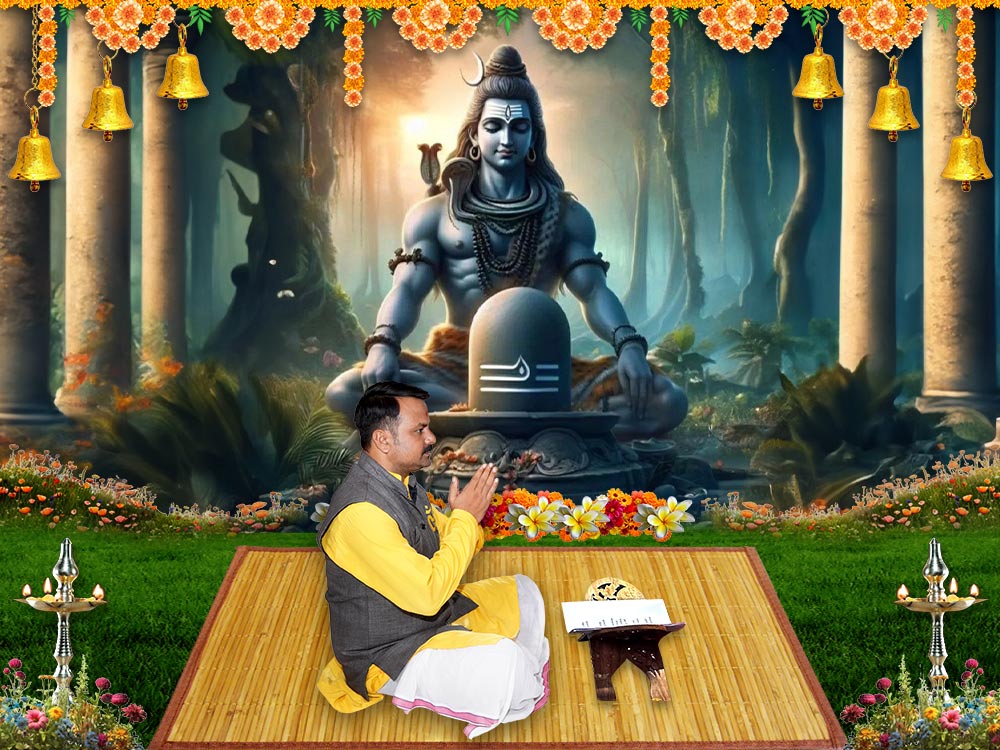
Pradosh Vrat, also known as Pradosham, is one of the most sacred fasts dedicated to Lord Shiva and Goddess Parvati. The word Pradosh means “the twilight of the evening,” and the vrat is observed during this auspicious period on the Trayodashi tithi (13th lunar day) of both the waxing and waning phases of the moon.
On this day, devotees worship Lord Shiva in His most benevolent form, believing that prayers offered during the Pradosh kaal (the 3-hour twilight) bring liberation from sins, removal of obstacles, good health, and ultimately moksha (liberation). Wearing Rudraksha, applying vibhuti, and performing abhishek of the Shivalinga with water, milk, honey, curd, and ghee are considered especially meritorious.
Among all Pradosh vrats, Shani Pradosh (falling on a Saturday) and Soma Pradosh (falling on a Monday) are regarded as the most powerful, granting devotees divine grace, prosperity, and freedom from karmic suffering.
The year 2026 brings several Pradosh vrat dates, each a chance to connect with Mahadev and receive His blessings.
Pradosh Vrat 2026: Date, Time & Tithi
Here is the complete list of Pradosh vrat dates in 2026 with Pradosh kaal timings, along with Trayodashi start and end times:
| Date & Day | Pradosh Vrat Time | Trayodashi Start | Trayodashi End |
|
January 1, 2026, Thursday
|
06:12 PM to 08:48 PM
|
01:47 AM, Jan 01
|
10:22 PM, Jan 01
|
|
January 16, 2026, Friday
|
06:22 PM to 08:56 PM
|
08:16 PM, Jan 15
|
10:21 PM, Jan 16
|
|
January 30, 2026, Friday
|
06:30 PM to 09:03 PM
|
11:09 AM, Jan 30
|
08:25 AM, Jan 31
|
|
February 14, 2026, Saturday
|
06:38 PM to 09:08 PM
|
04:01 PM, Feb 14
|
05:04 PM, Feb 15
|
|
February 28, 2026, Saturday
|
08:43 PM to 09:10 PM
|
08:43 PM, Feb 28
|
07:09 PM, Mar 01
|
|
March 16, 2026, Monday
|
06:48 PM to 09:12 PM
|
09:40 AM, Mar 16
|
09:23 AM, Mar 17
|
|
March 30, 2026, Monday
|
06:52 PM to 09:12 PM
|
07:09 AM, Mar 30
|
06:55 AM, Mar 31
|
|
April 15, 2026, Wednesday
|
06:56 PM to 09:13 PM
|
12:12 AM, Apr 15
|
10:31 PM, Apr 15
|
|
April 28, 2026, Tuesday
|
07:00 PM to 09:14 PM
|
06:51 PM, Apr 28
|
07:51 PM, Apr 29
|
|
May 14, 2026, Thursday
|
07:05 PM to 09:17 PM
|
11:20 AM, May 14
|
08:31 AM, May 15
|
|
May 28, 2026, Thursday
|
07:11 PM to 09:21 PM
|
07:56 AM, May 28
|
09:50 AM, May 29
|
|
June 12, 2026, Friday
|
07:36 PM to 09:25 PM
|
07:36 PM, Jun 12 | 04:07 PM, Jun 13 |
|
June 27, 2026, Saturday
|
07:20 PM to 09:29 PM
|
10:22 PM, Jun 26
|
12:43 AM, Jun 28
|
|
July 12, 2026, Sunday
|
07:20 PM to 09:30 PM
|
02:04 AM, Jul 12
|
10:29 PM, Jul 12
|
|
July 26, 2026, Sunday
|
07:17 PM to 09:28 PM
|
01:57 PM, Jul 26
|
04:14 PM, Jul 27
|
|
August 10, 2026, Monday
|
07:09 PM to 09:23 PM
|
08:00 AM, Aug 10
|
04:54 AM, Aug 11
|
|
August 25, 2026, Tuesday
|
06:59 PM to 09:16 PM
|
06:20 AM, Aug 25
|
07:59 AM, Aug 26
|
|
September 8, 2026, Tuesday
|
06:47 PM to 09:07 PM
|
02:42 PM, Sep 08
|
12:30 PM, Sep 09
|
|
September 24, 2026, Thursday
|
06:33 PM to 08:56 PM
|
10:50 PM, Sep 23
|
11:18 PM, Sep 24
|
|
October 8, 2026, Thursday
|
06:21 PM to 08:47 PM
|
11:16 PM, Oct 07
|
10:15 PM, Oct 08
|
|
October 23, 2026, Friday
|
06:10 PM to 08:39 PM
|
02:35 PM, Oct 23
|
01:36 PM, Oct 24
|
|
November 6, 2026, Friday
|
06:03 PM to 08:35 PM
|
10:30 AM, Nov 06
|
10:47 AM, Nov 07
|
|
November 22, 2026, Sunday
|
05:59 PM to 08:33 PM
|
04:56 AM, Nov 22
|
02:36 AM, Nov 23
|
|
December 6, 2026, Sunday
|
06:00 PM to 08:36 PM
|
12:51 AM, Dec 06
|
02:22 AM, Dec 07
|
|
December 21, 2026, Monday
|
06:06 PM to 08:42 PM
|
05:36 PM, Dec 21
|
02:23 PM, Dec 22
|
Note: Shani Pradosh (on Saturdays) and Soma Pradosh (on Mondays) are considered especially auspicious in 2026.
Scriptural and Spiritual Significance of Pradosh
Pradosh vrat holds a very special place in Shaivite tradition. The word Pradosh literally means “towards the end of the day”, the twilight period when day turns into night. Scriptures describe this sacred time as one when the cosmic energy is especially receptive to prayers offered to Lord Shiva.
References in Puranas
Shiva Purana:
It is said that during Pradosh kaal, Lord Shiva and Goddess Parvati bless devotees who worship with sincerity, fulfilling their wishes and removing sins.
Skanda Purana:
Narrates the famous story of the Samudra Manthan (churning of the ocean). When the deadly poison halahala emerged and threatened to destroy the universe, Lord Shiva drank it to save creation. It is believed that this happened during Pradosh kaal, which is why the time is considered supremely auspicious for remembering His sacrifice.
Padma Purana:
Mentions that even lighting a single lamp in a Shiva temple during Pradosh can please Mahadev and grant immense merit.
Legends Associated with Pradosh
Devas Seeking Help
When devas were defeated by asuras, they rushed to Lord Shiva during Pradosh kaal and prayed for His aid. Pleased, Shiva mounted Nandi and promised them victory. From then on, Pradosh became linked with divine intervention and blessings.
Shiva’s Cosmic Dance
Another legend says that after consuming the poison, Shiva performed His Ananda Tandava (ecstatic dance) on Nandi during Pradosh time. In this state of joy, He blesses devotees who worship Him then with liberation and peace.
Chandra Dev’s Liberation
The Moon God (Chandra Dev), once cursed with disease, prayed to Shiva on a Trayodashi evening. Pleased, Shiva relieved him of suffering. Since then, Pradosh vrat is believed to cure ailments and remove karmic burdens.
Spiritual Symbolism
Twilight: A bridge between light and darkness, symbolizing the shift from worldly concerns to spiritual reflection.
Nandi Worship: Devotees pray through Nandi, symbolizing surrender and devotion, as Nandi is the eternal gatekeeper of Shiva.
Fasting and Puja: The vrat symbolizes self-control and purification, leading the mind away from restlessness towards stillness and Shiva-consciousness.
Thus, Pradosh vrat is not just a ritual but a sacred opportunity to align with the energy of Shiva, dissolving negativity and opening the path to health, prosperity, and moksha.
Types of Pradosh Vrat
Pradosh vrat is observed twice every month, but the day of the week on which Trayodashi falls adds unique blessings and significance. Each Pradosh is connected with a planetary energy and offers distinct benefits:
Soma Pradosh (Monday) – Linked with the Moon, this vrat brings emotional peace, mental clarity, and fulfillment of heartfelt wishes. It is especially observed by couples praying for children and family harmony.
Bhauma Pradosh (Tuesday) – Associated with Mars, it reduces the ill effects of debts, conflicts, and diseases. It is believed to grant courage and freedom from enemies.
Saumyavara Pradosh (Wednesday) – Connected with Mercury, this day favors students, professionals, and those seeking growth in knowledge, communication, and prosperity.
Guru Pradosh (Thursday) – Ruled by Jupiter, this vrat brings spiritual wisdom, blessings of teachers, and protection from obstacles in learning.
Bhriguvara Pradosh (Friday) – Associated with Venus, it is considered very auspicious for marital bliss, love, and domestic happiness. It also attracts wealth and good fortune.
Shani Pradosh (Saturday) – Dedicated to Saturn, this is one of the most powerful Pradosh vrats. It helps relieve karmic burdens, reduces the impact of Sade Sati and Ashtam Shani, and ensures career growth and stability.
Bhanuvara Pradosh (Sunday) – Linked with the Sun, this vrat grants vitality, health, fame, and progress in life. It is especially recommended for those facing obstacles in authority or leadership.
Among all, Shani Pradosh and Soma Pradosh are considered the most powerful, but observing any Pradosh vrat with devotion brings blessings of Lord Shiva and Goddess Parvati.
Rituals and Puja Vidhi of Pradosh Vrat
Pradosh vrat is observed with deep devotion to Lord Shiva and Goddess Parvati. It combines fasting during the day with a special puja in the evening twilight, called Pradosh kaal.
1. Fasting During the Day
- Devotees wake up early, take a bath, wear clean clothes, and take a vow (sankalpa) to observe the vrat.
- Many keep a nirjala fast (without food or water), while others take only water, milk, or fruits through the day.
- A lighter version is also followed by some, where devotees eat fruits during the day and simple satvik food only after the evening puja.
- Throughout the day, devotees spend time chanting Om Namah Shivaya or the Mahamrityunjaya mantra and reading Pradosh vrat stories.
2. Preparing for the Puja
- Clean the altar or puja space in the evening before sunset.
- Place a Shivalinga or an idol of Lord Shiva, along with Goddess Parvati and Nandi if available.
- Keep ready offerings such as bilva (bael) leaves, sandal paste, flowers, fruits, incense, lamps, and sweets (naivedya).
- Lighting even a single lamp at this time is considered highly auspicious.
3. Evening Puja (During Pradosh Kaal)
- Meditate on Lord Shiva and invoke His presence.
- Perform abhishek of the Shivalinga with water, milk, curd, honey, and ghee, as per your capacity.
- Offer bilva leaves, flowers, incense, and light the deepa (lamp).
- Recite Shiva mantras such as Om Namah Shivaya and chant the Mahamrityunjaya Mantra 108 times if possible.
- Read or listen to the Pradosh vrat katha of the day.
- Offer prayers to Nandi, the sacred bull of Shiva, as Nandi is always present as His devotee and gatekeeper.
4. Concluding the Vrat
- End the puja with aarti and prayers for forgiveness and well-being of all.
- Break the fast after completing the puja. Some who observe a 24-hour vrat break it only the next morning after bath and offering simple food.
Pradosh Vrat Katha (Stories)
Every vrat has a story or katha that explains its power and significance. Listening to or reciting these stories during the evening puja is considered as important as the fast itself.
1. The Story of Samudra Manthan
Long ago, devas (gods) and asuras (demons) churned the ocean to obtain nectar of immortality. But first, a deadly poison called halahala emerged. Its fumes threatened to destroy all creation. Neither devas nor asuras dared to touch it. To save the universe, Lord Shiva drank the poison and held it in His throat, which turned blue and earned Him the name Neelkantha. It is believed that this event happened during the Pradosh kaal. Hence, devotees worship Shiva during this time, remembering His supreme sacrifice.
2. The Blessing of Chandra Dev
The Moon God, Chandra Dev, once suffered from a severe curse that weakened him. He prayed to Lord Shiva on Trayodashi evening. Pleased by his devotion, Shiva released him from the curse and restored his glow. Since then, Trayodashi Pradosh has been considered a time when sincere prayers can remove suffering and restore health.
3. The Widow and the Prince
A poor Brahmin widow lived with her son in a small village. She once found an injured young prince on the riverbank and gave him shelter. The widow and her son were regular observers of Pradosh vrat. With time, the prince healed and by the grace of Lord Shiva, he was spotted by a Gandharva princess who wished to marry him. With the help of her Gandharva family, the prince reclaimed his lost kingdom. In gratitude, he rewarded the widow with a home in the palace and made her son his chief minister. This story shows how observing Pradosh vrat with faith brings unexpected blessings and prosperity.
4. The Devas Seeking Help
Another legend says that when devas were defeated by asuras, they rushed to Mount Kailash on a Trayodashi evening to seek Lord Shiva’s help. Shiva, pleased by their prayers at Pradosh time, mounted His bull Nandi and promised them victory. This is why worshipping Shiva along with Nandi during Pradosh kaal is considered highly meritorious.
Emotional, Cultural, and Social Value of Pradosh Vrat
Emotional Value
Pradosh vrat brings families together in devotion. Parents, children, and elders join in evening puja, fasting in their own capacity and breaking the fast with prasad. This shared rhythm fosters patience, gratitude, and faith. The twilight worship also helps devotees pause from daily life, reflect inwardly, and find calm in Shiva’s presence.
Cultural Value
In temples across India, Pradosh kaal is marked by special abhishekams of the Shivalinga and grand aartis. In South India, especially Tamil Nadu, Pradosham is celebrated with large processions where Lord Shiva and Goddess Parvati are taken around the temple on Nandi. In North and West India, devotees gather in temples to offer bilva leaves and chant mantras together. These traditions highlight the deep cultural bond between the vrat and regional practices.
Social Value
Pradosh vrat is not limited to individual worship but extends to community well-being. Temples serve as gathering places where devotees unite for collective prayers and Rudrabhishekam. Sharing of prasad, lighting of lamps, and collective chanting create an atmosphere of unity, reducing divisions of caste or status. The vrat thus reinforces the idea that devotion to Lord Shiva nurtures not only personal progress but also harmony in society.
Benefits of Pradosh Vrat
Pradosh vrat is considered one of the most powerful fasts in Shaivite tradition. Observing it with devotion is said to bring blessings in every area of life:
Spiritual Benefits
- Washes away sins and past karmas, preparing the soul for liberation (moksha).
- Strengthens devotion and connection with Lord Shiva and Goddess Parvati.
- Removes inner obstacles such as fear, doubt, and restlessness.
Material & Family Benefits
- Brings prosperity, health, and harmony within the household.
- Couples observing Pradosh vrat together are believed to be blessed with children and marital bliss.
- Protects from sudden misfortunes, debts, and disputes.
Psychological & Emotional Benefits
- Fasting and evening meditation bring calmness, discipline, and focus.
- Chanting Shiva mantras during twilight creates mental clarity and reduces stress.
- Stories and collective puja foster hope, faith, and positive outlook.
Special Blessings by Weekday
Soma Pradosh (Monday): Peace of mind, family happiness, and fulfillment of desires.
Bhauma Pradosh (Tuesday): Protection from enemies, relief from disease, and long life.
Guru Pradosh (Thursday): Spiritual wisdom, blessings of teachers, and prosperity.
Shani Pradosh (Saturday): Most auspicious, believed to remove karmic burdens and ensure stability in career and life.
In essence, Pradosh vrat is a complete practice, it purifies the body, elevates the mind, and transforms the spirit through Shiva’s grace.
Rudra Centre’s Sacred Offerings for Pradosh Vrat
Shani Pradosh Puja: A powerful puja to reduce the malefic effects of Saturn and seek blessings of Lord Shiva for stability, prosperity, and karmic relief.
Click on the link to buy Shani Pradosh Puja.
https://www.rudraksha-ratna.com/buy/shani-pradosh-puja
Pradosh Kaal Rudra Puja and Abhishekam: A sacred ritual of Rudra Abhishek performed during Pradosh kaal to invoke Shiva’s grace, remove obstacles, and bring peace.
Click on the link to buy Pradosh Kaal Rudra Puja and Abhishekam.
https://www.rudraksha-ratna.com/buy/pradosh-kaal-rudra-puja-and-abhishekam
Pradosh Vrat Katha: Reciting or listening to the Pradosh vrat katha is considered as important as the fast itself, bringing divine blessings and fulfillment of desires.
Click on the link to buy Pradosh Vrat Katha.
https://www.rudraksha-ratna.com/buy/pradosh-vrat-katha
Shiv Pradosham Puja Kit: A complete kit with all essentials for performing Pradosh vrat puja at home, including items for Shiva abhishek and worship.
Click on the link to buy Shiv Pradosham Puja Kit.
https://www.rudraksha-ratna.com/buy/shiv-pradhosham-puja-kit


-in-Astrology.jpg)
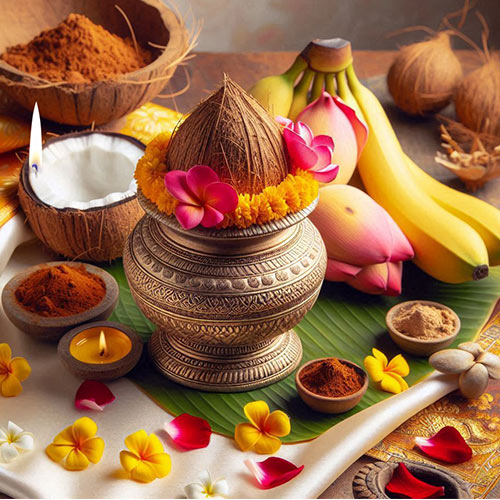
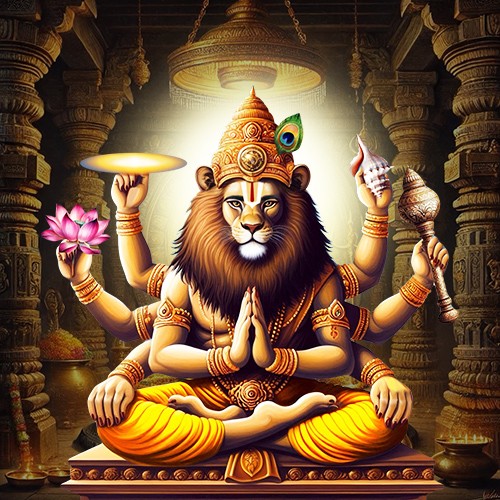
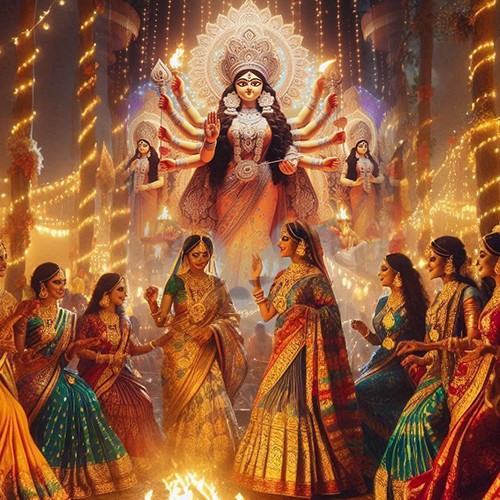


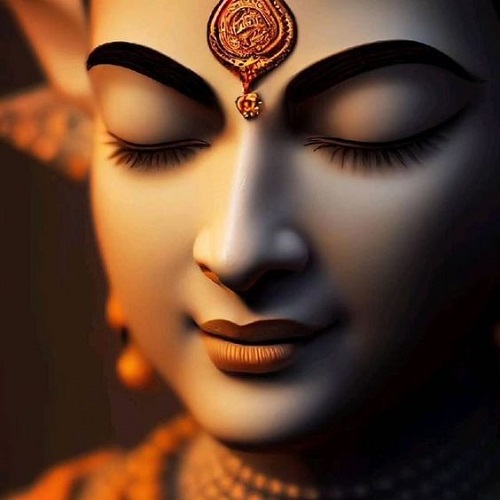
.jpg)
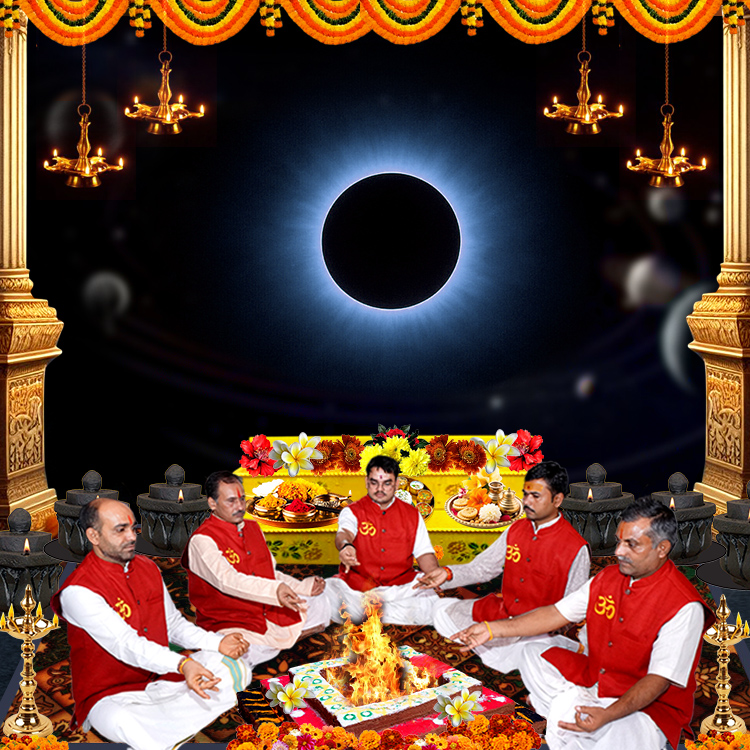
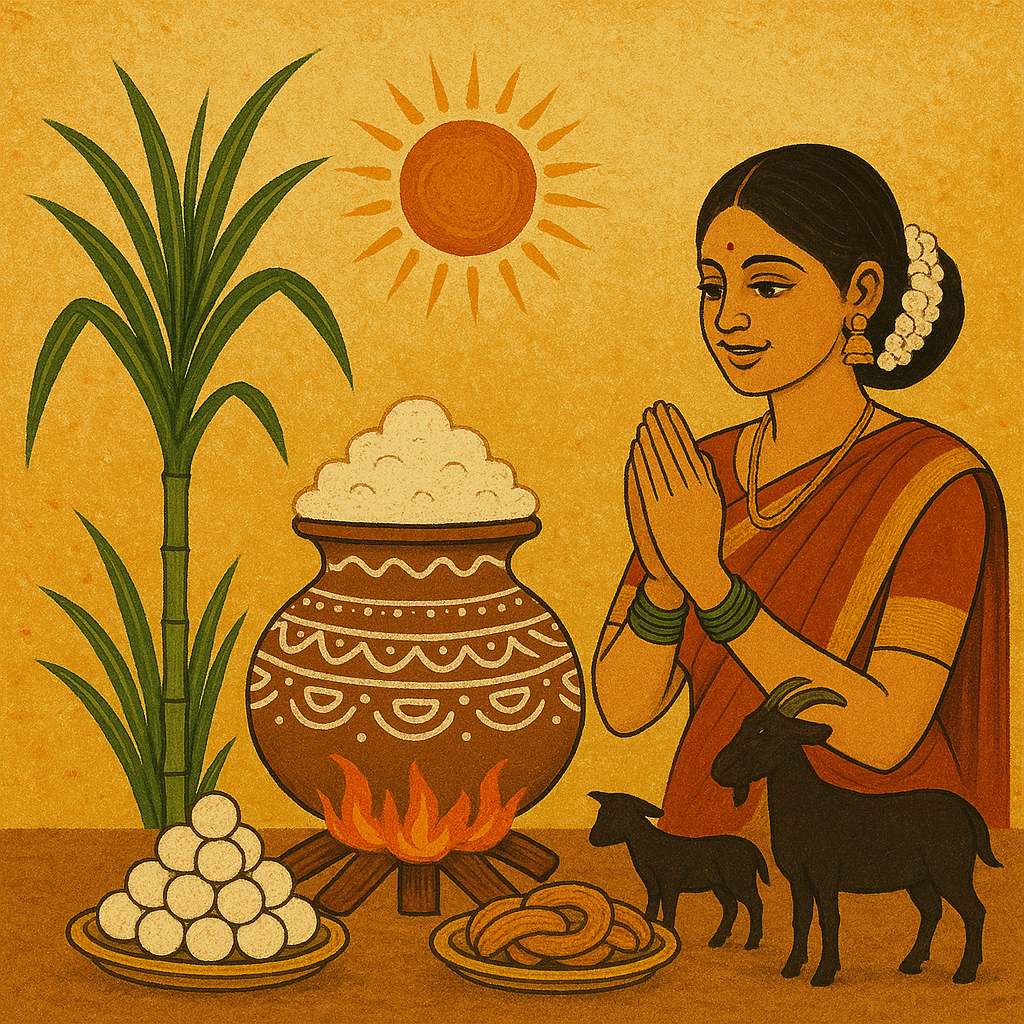
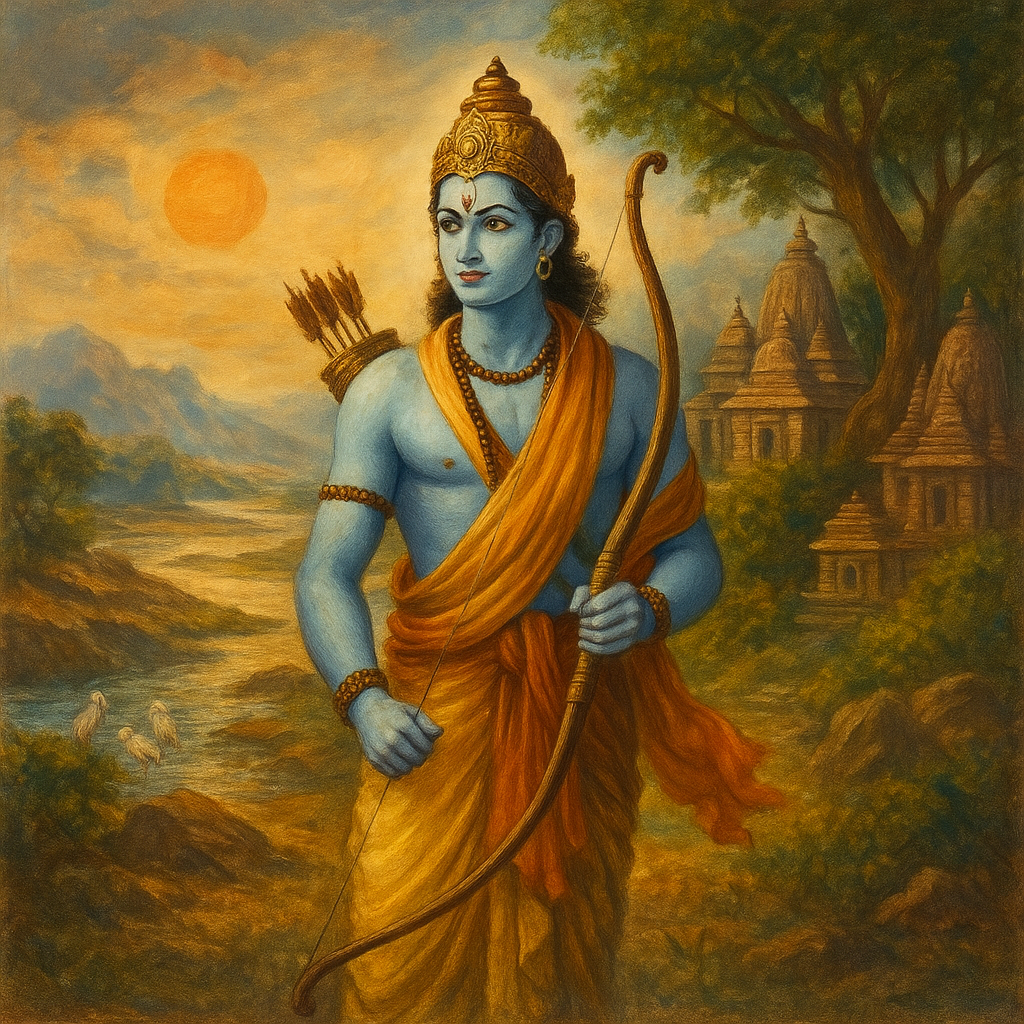
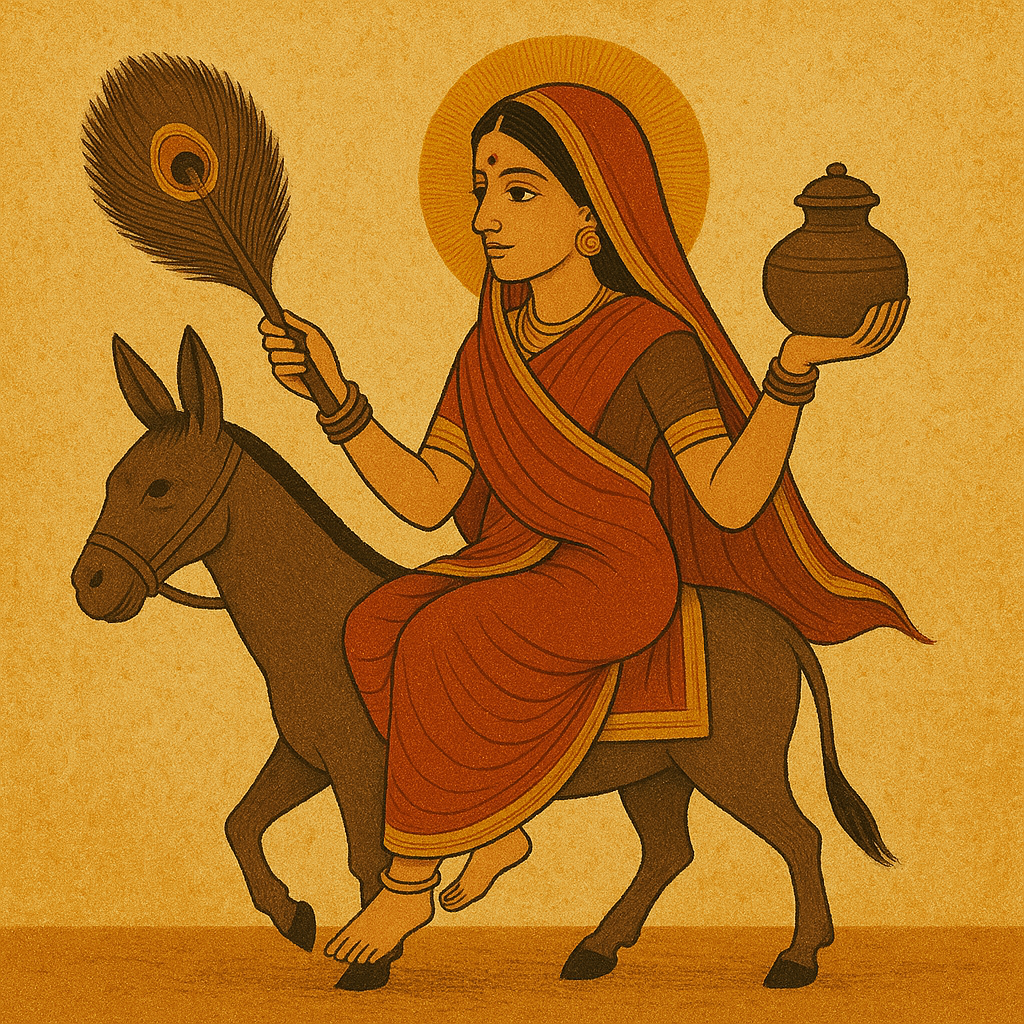
Krishnarajendra Kumar
|August 20, 2025
Great enlightening